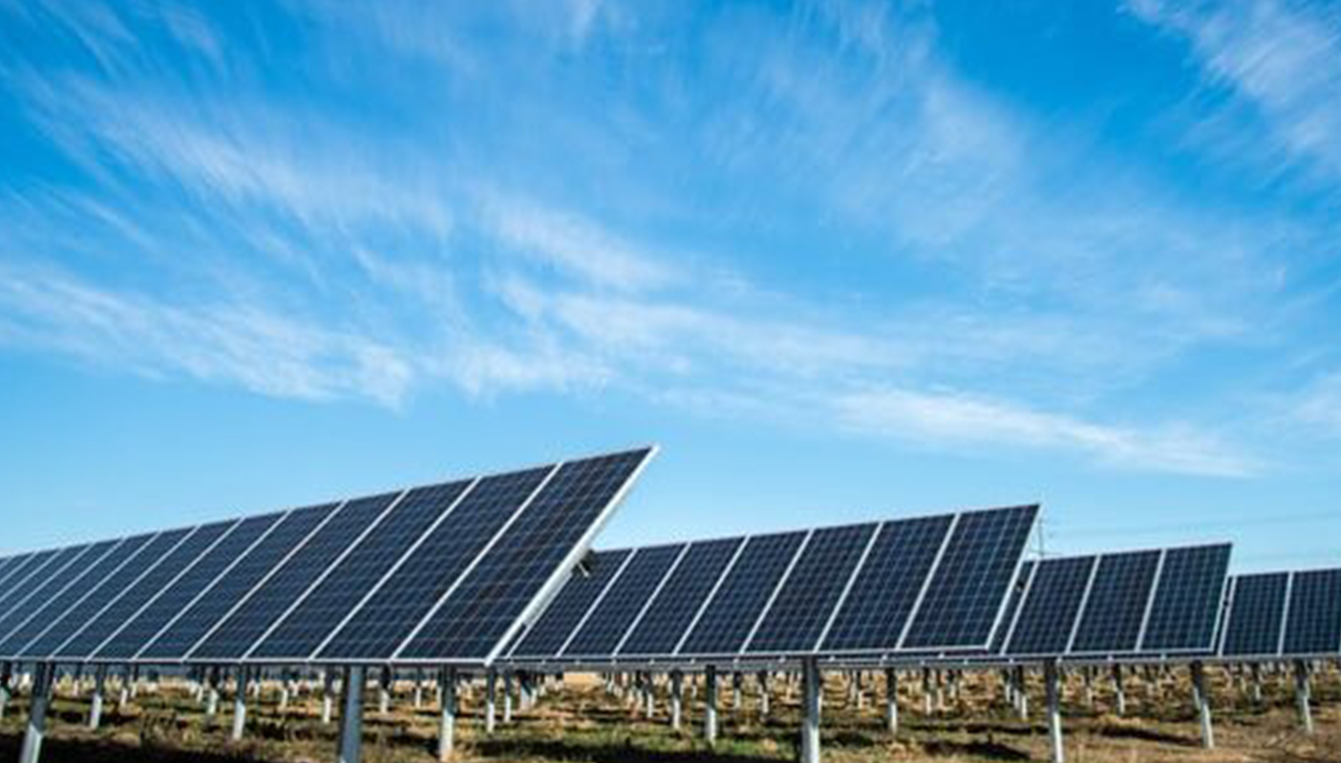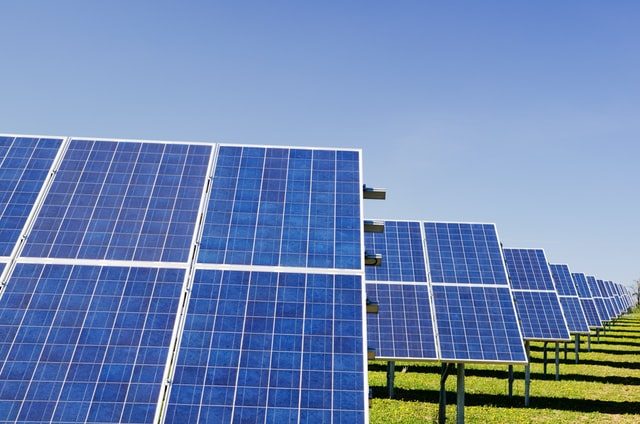Michael Bahtiarian
Energy, Environmental, Transportation |
Market Leader
Principal

In the push towards green or renewable energy solutions, we are seeing coal-fired and gas-fired power plants being replaced with more environmentally-friendly sources of energy like wind and solar. One environmental side effect that plagues wind farms has been unwanted noise. A quieter alternative is solar powered energy facilities, and these have steadily gained popularity here in the Northeast.
But not so fast! Photovoltaic (PV) or “Solar” energy generation farms are popping up on highway median strips and other parcels of open land. At first look, one would think that a solar energy facility generates NO sound. There are no large moving parts like the large blades of a wind turbine and no explosive processes like gas combustion. The most visible part of the solar facility is the large solar panels, and these indeed produce NO sound. However, there is noise-generating equipment at solar facilities, which tends to be inconspicuously sited on small concrete pads.
Like any other energy-generating or industrial facility, the solar farm must be designed and operated to be compliant with state and municipal noise codes. Noise limits have various formulations, but those here in the Commonwealth of Massachusetts are a good example of limits that at the same time can be both routine and challenging to achieve by a solar facility.
The Mass noise code includes two elements. The first is that no source of sound shall be 10 dB greater than the existing background sound levels. The second is that no source of sound shall create a “Pure Tone”. The first part of the Mass noise code referred to as the “broadband noise limit” will be easy to achieve by a properly designed solar energy facility. In other States or municipalities this limit may be relative (as Massachusetts) or absolute limit as it is for most municipalities. The relative-type limit may be more restrictive if the solar facility components operate through the night. In this case, the noise limit will be based on background noise during the quietest period of the night, typically 3:00 am. For example, a solar farm operating in a quiet rural town can have a background sound level as low as 25 to 30 dBA. In Massachusetts, the sound level limit may then be 35 to 40 dBA. Achieving 35 dBA sound limit will have some challenges.
It’s the second part of the Massachusetts noise code, the “Pure Tone” criteria that may become the obstacle in achieving full compliance. Any other State or municipality with a tonal noise limit would have similar issues. For example, Connecticut has a slightly different “Pure Tone” criteria. So, while some of the hardware used at a solar facility is noiseless (like the solar panels) other equipment produces broadband sound with significant tonality.

How is this tonal sound produced? Let’s start at the solar panels (also called PV modules). They produce direct current (DC) electrical power which is good when storing energy within a DC battery. However, in order to transfer this electrical power to the local grid, the DC power must be converted to alternating-current (AC) power. This conversion process is done by an “Inverter”. The process of converting DC into AC power requires very fast switches which change the polarity (or direction of electrical flow). Since AC power cycles 60 times per second (or 60 hertz), the switches must activate twice per electrical cycle. This process produces tonal sound at twice electrical line frequency (120 hertz) and its harmonics (240, 360, 480 hertz and higher). The transformers in the solar facility are used to step-up the voltage for easier transmission into the local electrical grid. There are three sources of noise from within the transformer: (1) core noise, (2) coil noise, and (3) fan noise. The core and coil noise are caused by electromagnetic forces which occur two times for every cycle of AC power. Like the inverters, this results in 120 hertz primary sound source, along with harmonics as noted above. The third source of sound is a cooling fan(s) mounted outside the transformer and usually directed across the fins of a heat sink. While the cooling fans can be the most significant source of overall broadband A-weighted sound, a warning from a 1977 BBN report is worth echoing here:
“…it is almost always the pure-tone transformer noise and not the broadband fan noise that is objectionable. Therefore, fan noise is unimportant if human response to transformer noise is the only concern. However, if the installation must meet objective noise limits at the property line, which may be stated in the form of maximum permissible octave band sound pressure level or maximum A-weighted values, fan noise must be considered.”
The easiest and least expensive form of noise control at a solar facility is to locate the sound-producing equipment in the center of the facility. In general, this is the best location for sound output mitigation without knowing anything about a specific site. However, if one side of the solar site is residential and the other side is unoccupied or industrially zoned, placing the sound-producing components on the industrial-zoned side would be beneficial.
While quiet transformers and inverters exist, due to premium cost, they are generally not a specification point the solar facility designers are willing to consider. Therefore, the second line of noise control would be noise barriers. One important matter to be aware of when using a noise barrier is that the primary sound from inverters and transformers is low frequency which results in sound with a longer wavelength. Noise barriers are less effective for longer wavelengths and require a larger wall than might normally be expected. The most aggressive sound control treatment for transformers and inverters is a full enclosure or even a building. Due to the heat generated by both devices, a forced-air ventilation system is almost always needed. The fans used in these cooling systems may be louder on an A-weighted basis than the electrical side of the hardware. This is something to keep in mind during concept design.
One thing in favor of solar facilities is that most of them only operate during the day. Some facilities with battery energy storage systems (BESS) could result in transformer and inverter operation during the night, and that changes everything. There is a real need for acoustic evaluation and noise control with respect to nighttime operations of solar energy components. However, even then, I am confident that a solar facility can be designed to be compliant with municipal and State noise codes. More importantly, taking siting and noise control together, I believe that solar energy facilities can be designed to be inaudible, but this is generally achieved only after site evaluation and planning.